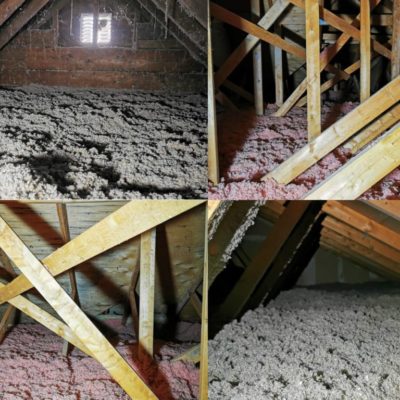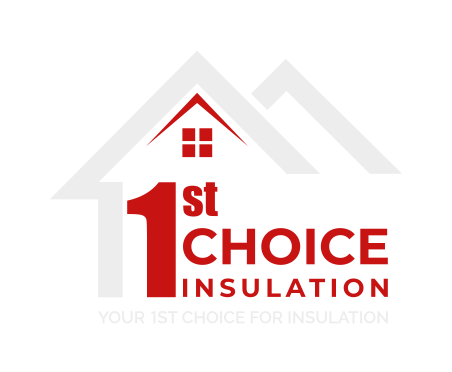Blown In Insulation
Blown In insulation consists of small particles of fiber, foam, or other materials. These small particles form an insulation material that can conform to any space without disturbing structures or finishes. This ability to conform makes loose-fill insulation well suited for retrofits and locations where it would be difficult to install other types of insulation.
The most common types of materials used for blown in insulation include cellulose, fiberglass, and mineral (rock or slag) wool. All of these materials are produced using recycled waste materials. Cellulose is primarily made from recycled newsprint. Most fiberglass products contain 40% to 60% recycled glass. Mineral wool is usually produced from 75% post-industrial recycled content.
Any Shape or Size
Blown In insulation can be installed in just about any roof shape, as the fibers can be blown into tight corners and can fill spaces that batt insulation covers. Since the finished installation doesn’t have seams, blown in insulation can provide better insulation by up to 22%.

Thermal
First, the main requirement for any type of insulation is that it impedes the transfer of heat energy, and cellulose insulation serves this function very well. Our cellulose insulation is highly effective at keeping your home cool in the summer and warm in the winter, in each case keeping heat energy on the correct side of your home’s walls.
Sound Barrier
Another advantage of cellulose insulation is that it can significantly reduce the level of noise that makes its way into your home from the street. The reason why it is so effective at dampening sounds from outside is twofold– first, its blown in structure means it can pack into even the tightest corners, providing a seamless barrier against noise, and second, cellulose is generally denser than fiberglass insulation, which helps it dampen the sound even more.
Fire Retardant
A third benefit of cellulose insulation is that much of it is treated to make it highly fire-retardant. This means that it can help keep your home safe from fires by confining flames to the area they started in and preventing flames from spreading from one part of the house to another.

Hours
Monday 8 AM – 4 PM
Tuesday 8 AM – 4 PM
Wednesday 8 AM – 4 PM
Thursday 8 AM – 4 PM
Friday 8 AM – 4 PM
